I have a fair number of boats in my fleet, and some are getting on in years. The oldest of the ones I've built is a Chamberlain gunning dory my father commissioned in 1980. The oldest of them all is an English river wherry bearing an oval brass plate that reads: T. Cooper & Sons of Shrewsbury, Boatbuilders, Shrewsbury. Dad acquired it perhaps 40 years ago and believed it was built around 1890. All of the structural pieces in the stern have decorative touches. The builder's plate is fixed to the thwart.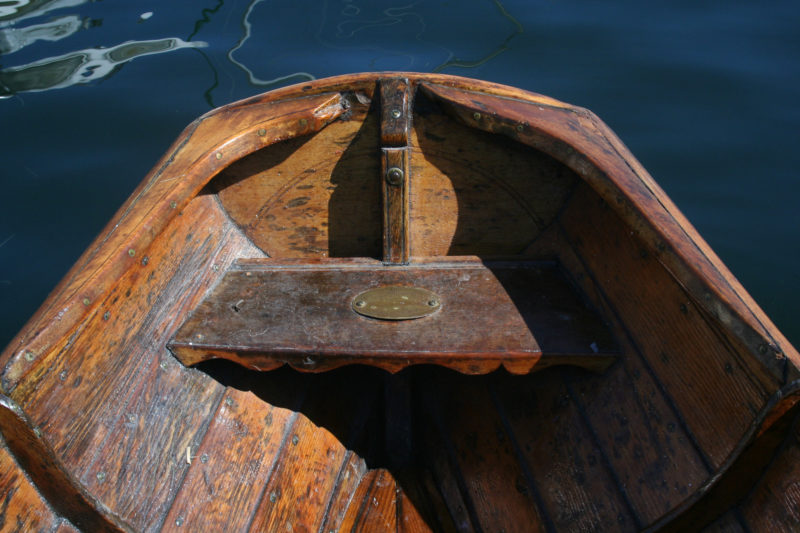
Join The Conversation
We welcome your comments about this article. If you’d like to include a photo or a video with your comment, please email the file or link.
Comments (2)
Leave a Reply
Stay On Course


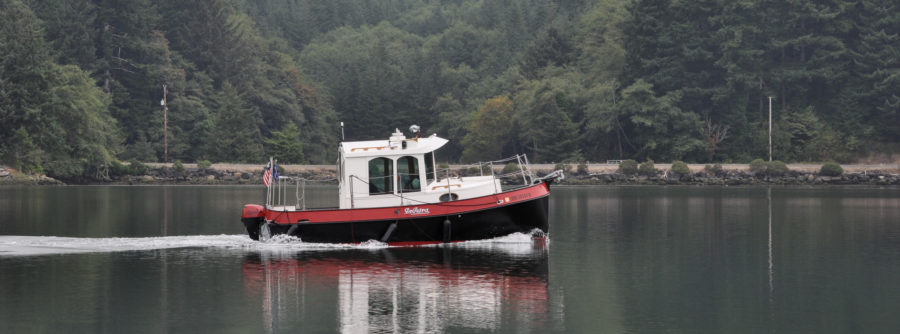
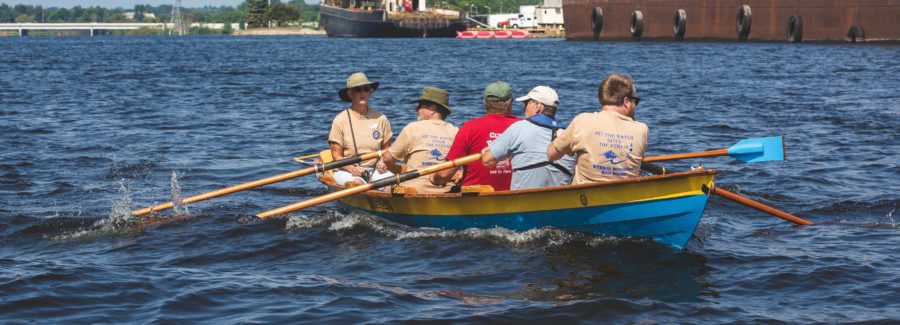
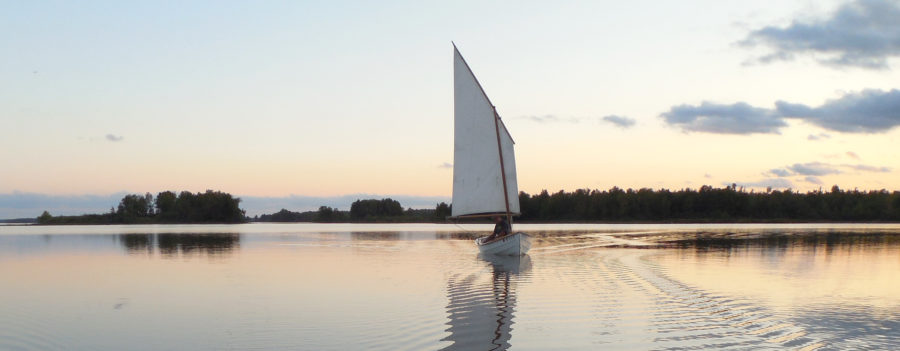
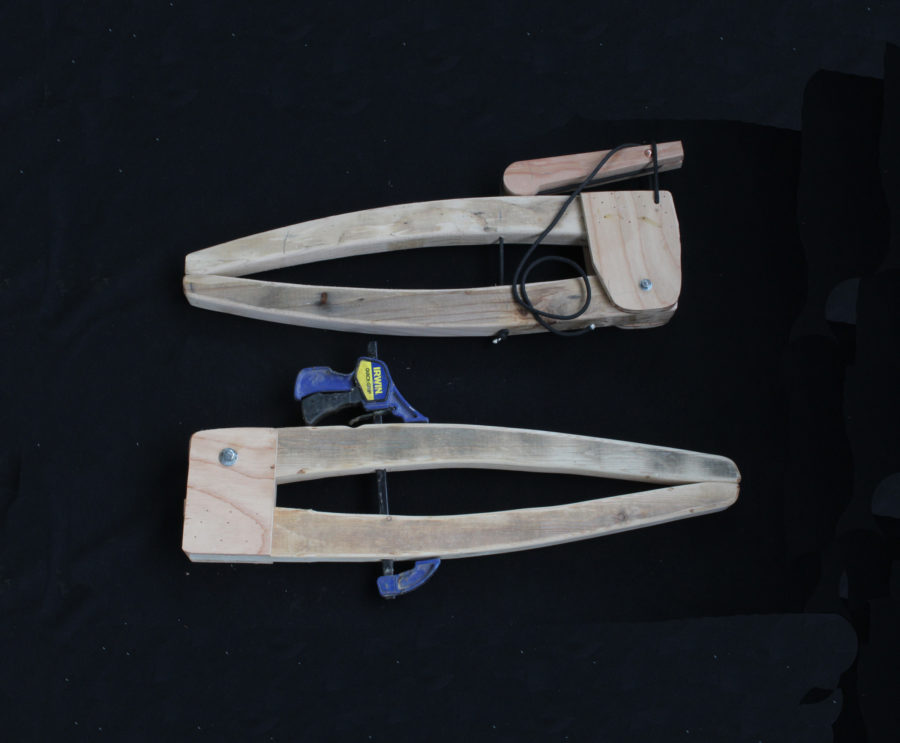
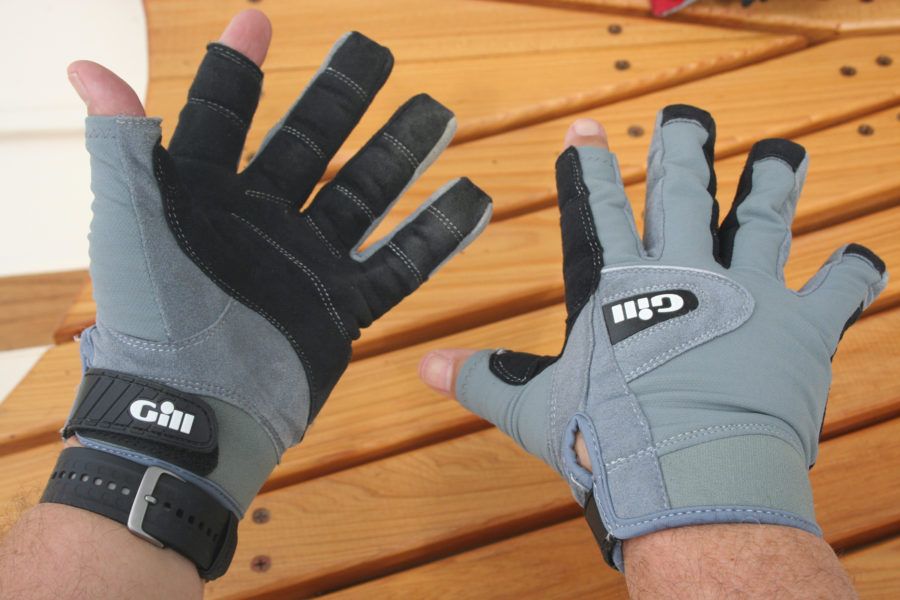
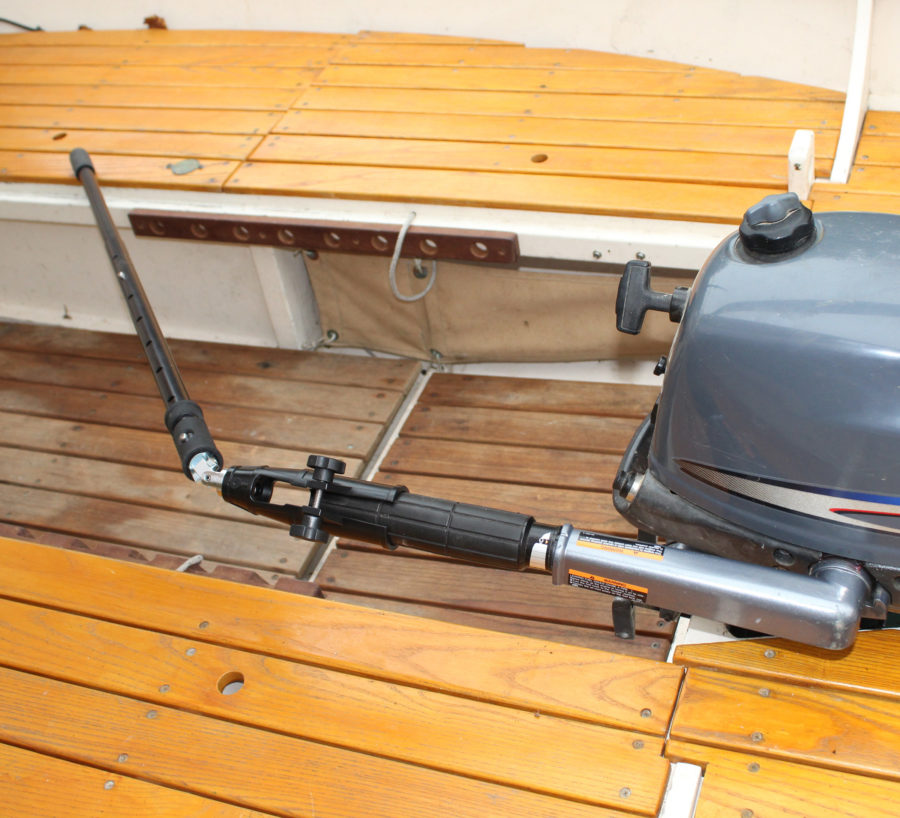
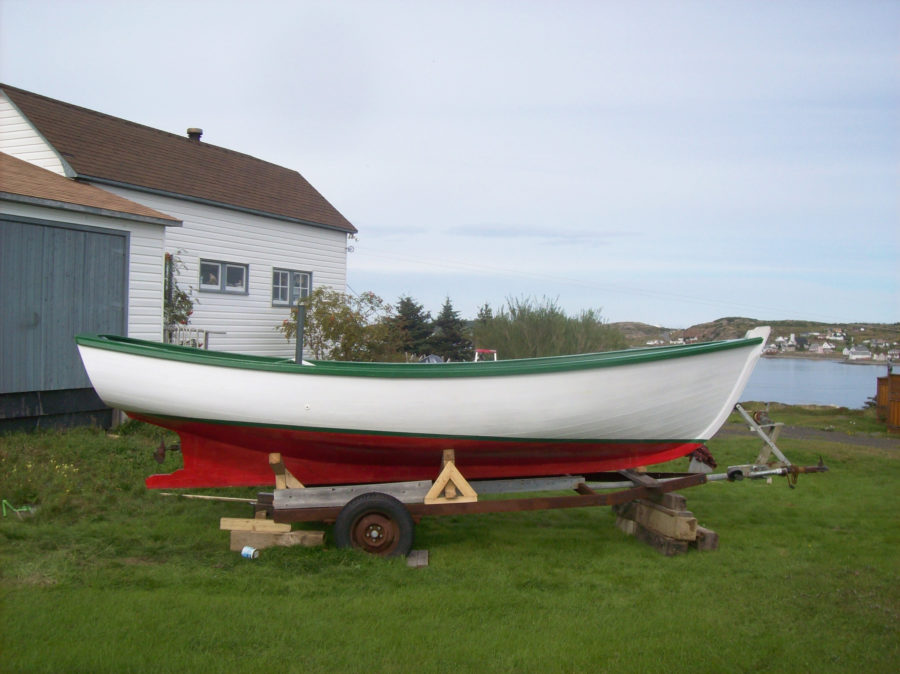
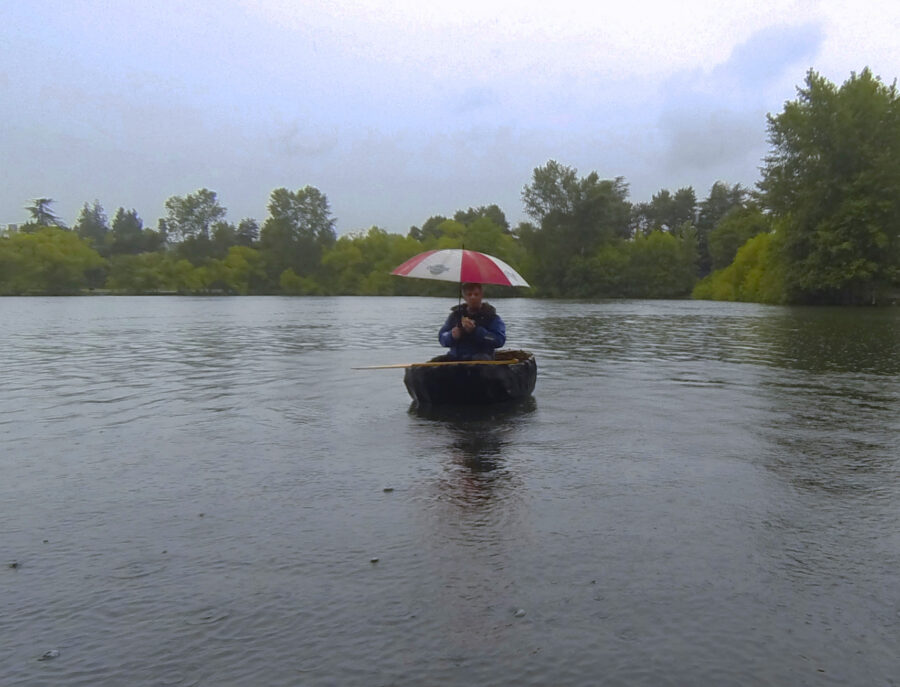

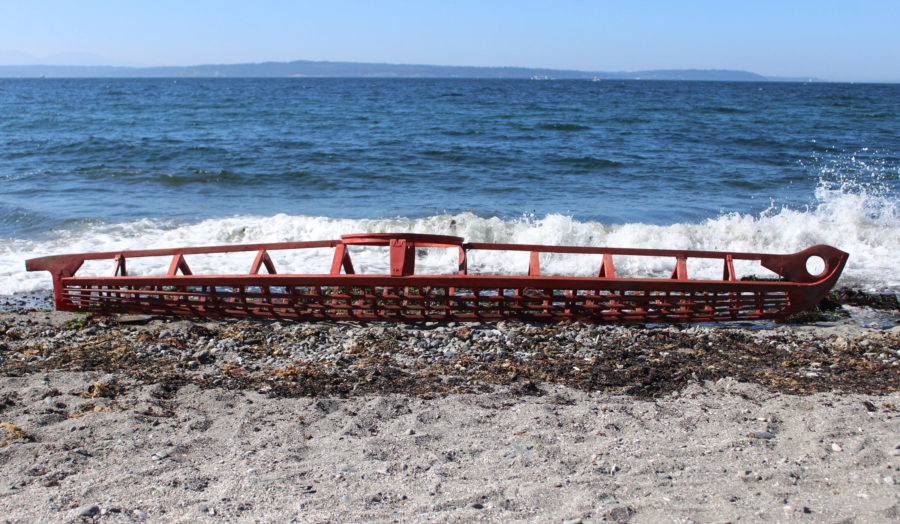
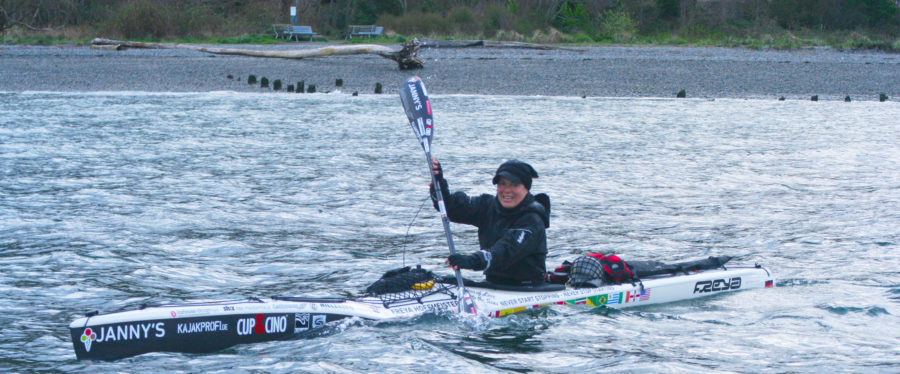
I had an almost identical skiff. My understanding is that they were designed as pleasure craft for people to rent by the hour. These were usually on boating lakes so that those who could not row were not swept away. Every man then knew that the only form of propulsion was by oar and everyone who hired a boat sort of knew what to do. The fancy seat was so that the girlfriend could go out with you and steer. Hence the rudder lines worn slots. If sand got onto the rudder lines, these would have acted as a kind of saw. (This apparently is the way the Venetians cut stone in the 14th century.) The key to boating was to get away from the omnipresent eye of the chaperone whose job it was that a young woman did not get herself into trouble!
I had the pleasure of rowing my wife and her daughter down the river Nid near Harrogate, England, in a similar boat nearly 26 years ago. It was well-used and was probably quite old. It was a pleasant experience and the boat rowed easily.
The thing about longevity is how well a thing is perceived by future generations. In the case of a boat, even if it’s in rotting condition, will it stir someone enough to want to duplicate it, thus giving it a future life?